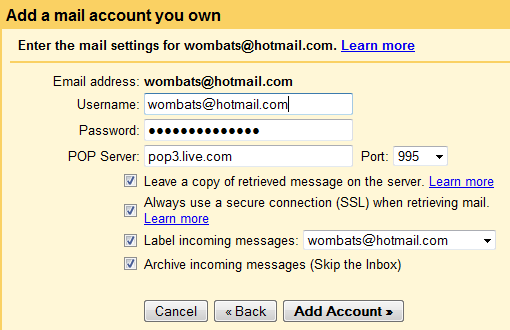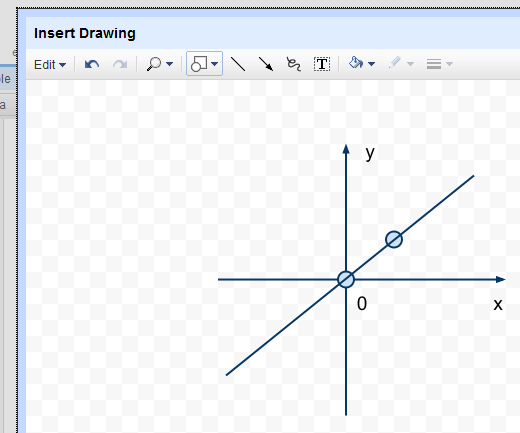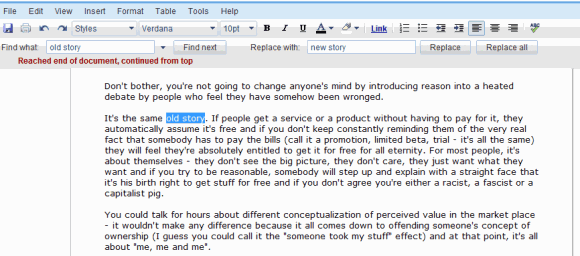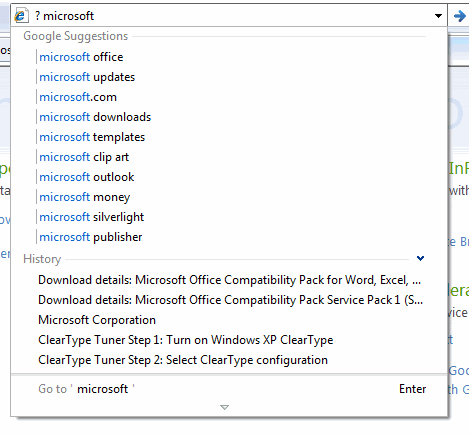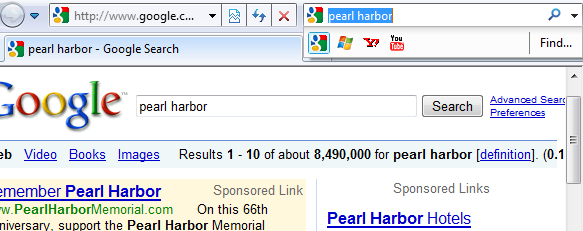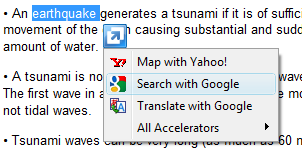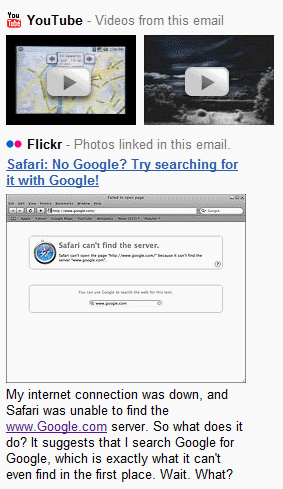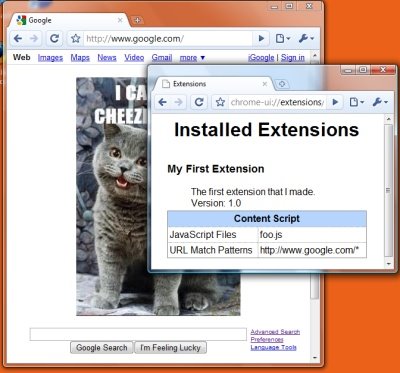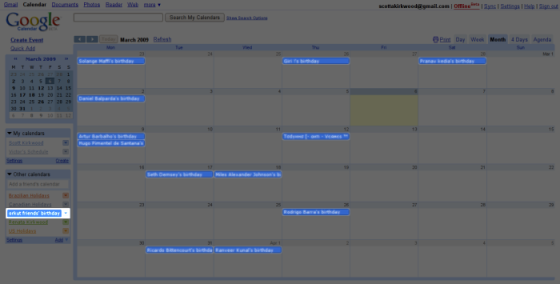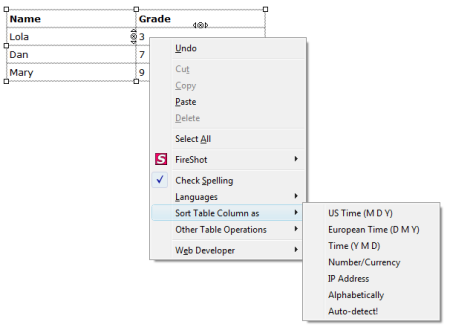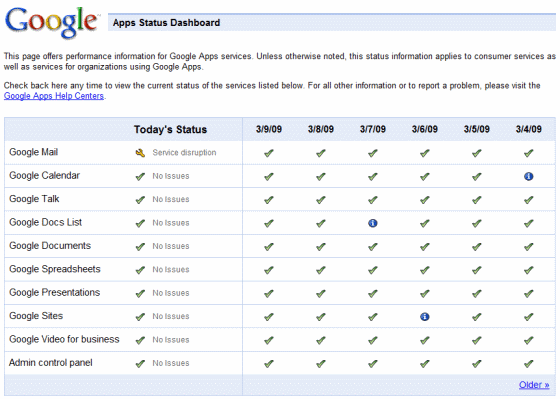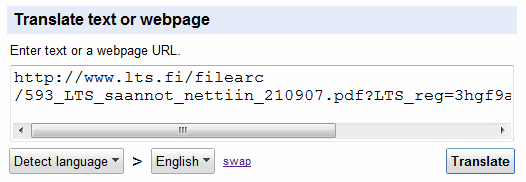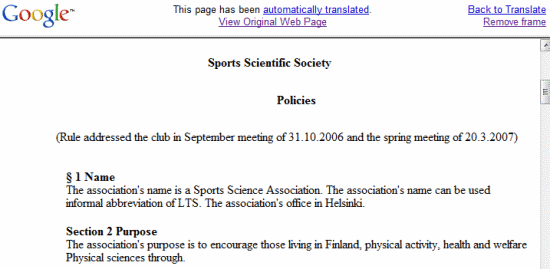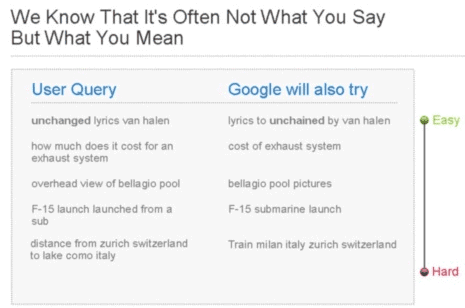This is a guest post from Fixer Dave, a Google user who's disappointed about the latest developments in the Google land.I chuckle when people tell me that they never use online services. "Read the EULAs" they tell me. They can do anything they want with your data, don't you know! Yes, I know, and I don't really care. You see, I've sold my soul to Google. I let them know everything about me, and, in return, they give me all these super-cool web-based applications that make my life so much easier. It's a pretty good deal, if you ask me. It's not like I'm some kind of secret agent or something. For the price of my online soul, I get the Google suite: Gmail, Picasa, News, Calendar, Notebook, Bookmarks, Docs... It's great, it really is.
Well, it was great; I'm not so sure anymore. Google has always been special to me, a "don't be evil" enterprise. They have wowed me, over and over again, with the cool free stuff they just keep pumping out. I mean, how can you not trust a company that gives you access to an amazing tool like Google Earth, for free? Google is, well, Google. You'd never equate them to the likes of RIAA, or Microsoft. But, a couple of things have come along to set me back, make me wonder about what's going on, and make me think again about this whole "don't be evil" thing.
The first thing that happened was that Google announced they were going to stop development of Google Notebook. Now, Notebook is a very, very cool application. With the browser plug-in installed, it lets you easily clip bits of web-pages into notebooks which they store online, for free. I find it immensely useful and promote it to everyone I know. It just works great; it's one of the best things Google ever did. But, if you want to try it out, well, you're too late. Google says I can keep my data, so they're not being evil about it, but no new users can sign up for the service. This shocked me in a way that's hard to explain. From the moment I first heard about Google, they've been innovating, expanding, doing new and wonderful things. A trip to the labs was like going to a candy store. But, this was the first time I've ever experienced them stop offering a service. Sure, they may have stopped other stuff, but this is the first time for me. Google stopped a service. Google stopped.
The next thing was a cryptic email about "Interest-Based" Adsense. That was another shock. I know Google tracks me as I browse the web; I can see it in my Google Web History page. I also have no doubt that they track a lot more than what they put up on this page. They know things about me that I've totally forgotten, and it doesn't bother me. But, having them package up these histories and then auctioning them off to advertisers does bother me, a lot actually. That's just a little bit evil, don't you think?
It bugs me because Google could have gone so many other ways, where they could increase their revenues without selling out the people that trust them. I can think of several ways that Google could have their users signing up for interest-based advertising, ways that would have people jumping at the opportunity to be part of something. Instead, Google went the way you would expect any other corporation to go in tough times. They're laying people off, shutting down innovation, and grabbing revenue the easiest way they can get it. It just doesn't seem like Google anymore; it's like there's been a coup and the bean-counters have seized control. I get the feeling that Google has become a corporate adult, with all the loss of innocence that entails. I'm not so sure that I can still trust them. I just don't know. While I'm not quite ready to pull back from the cloud, I'm starting to think that maybe I want my soul back.










